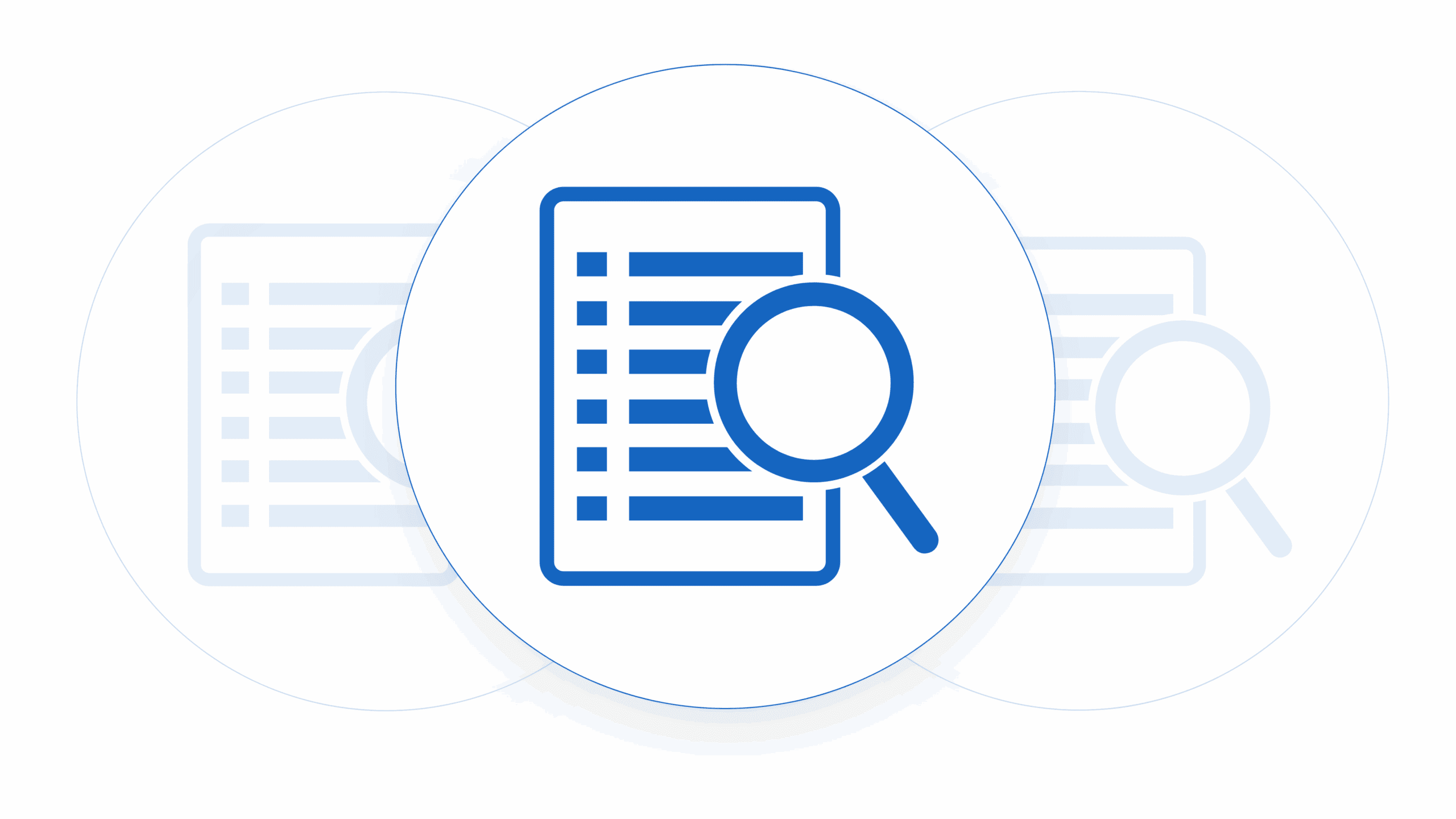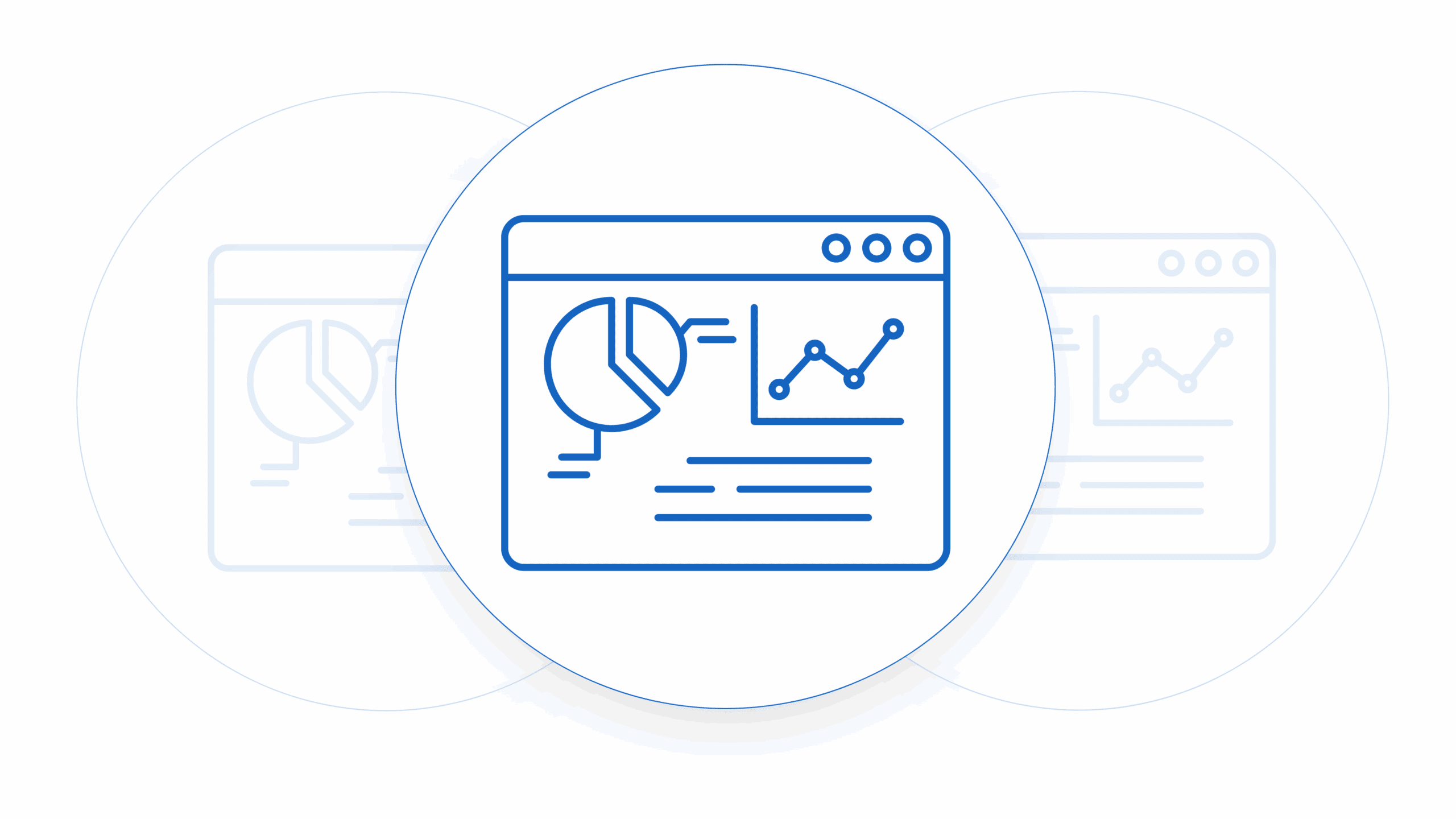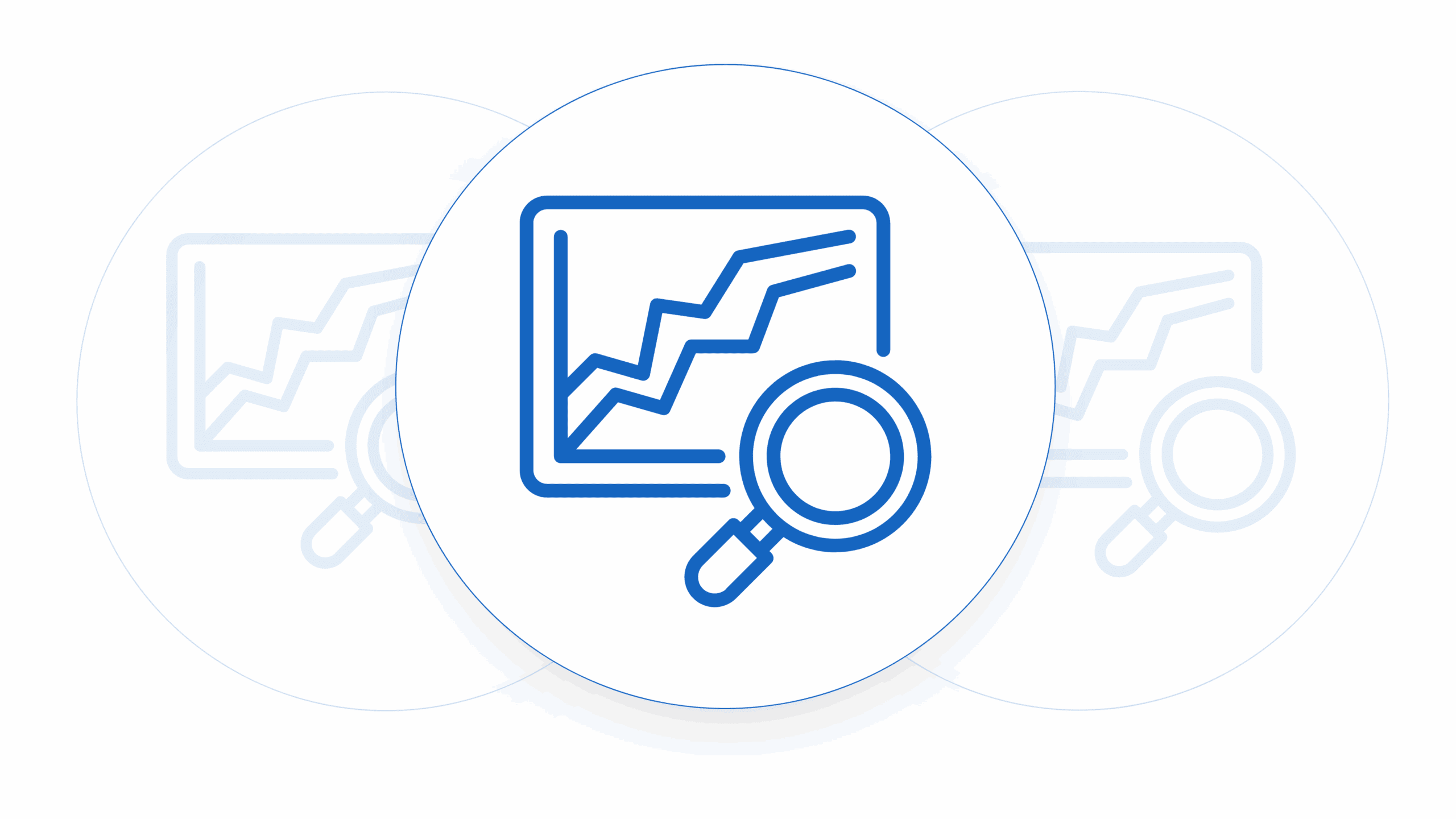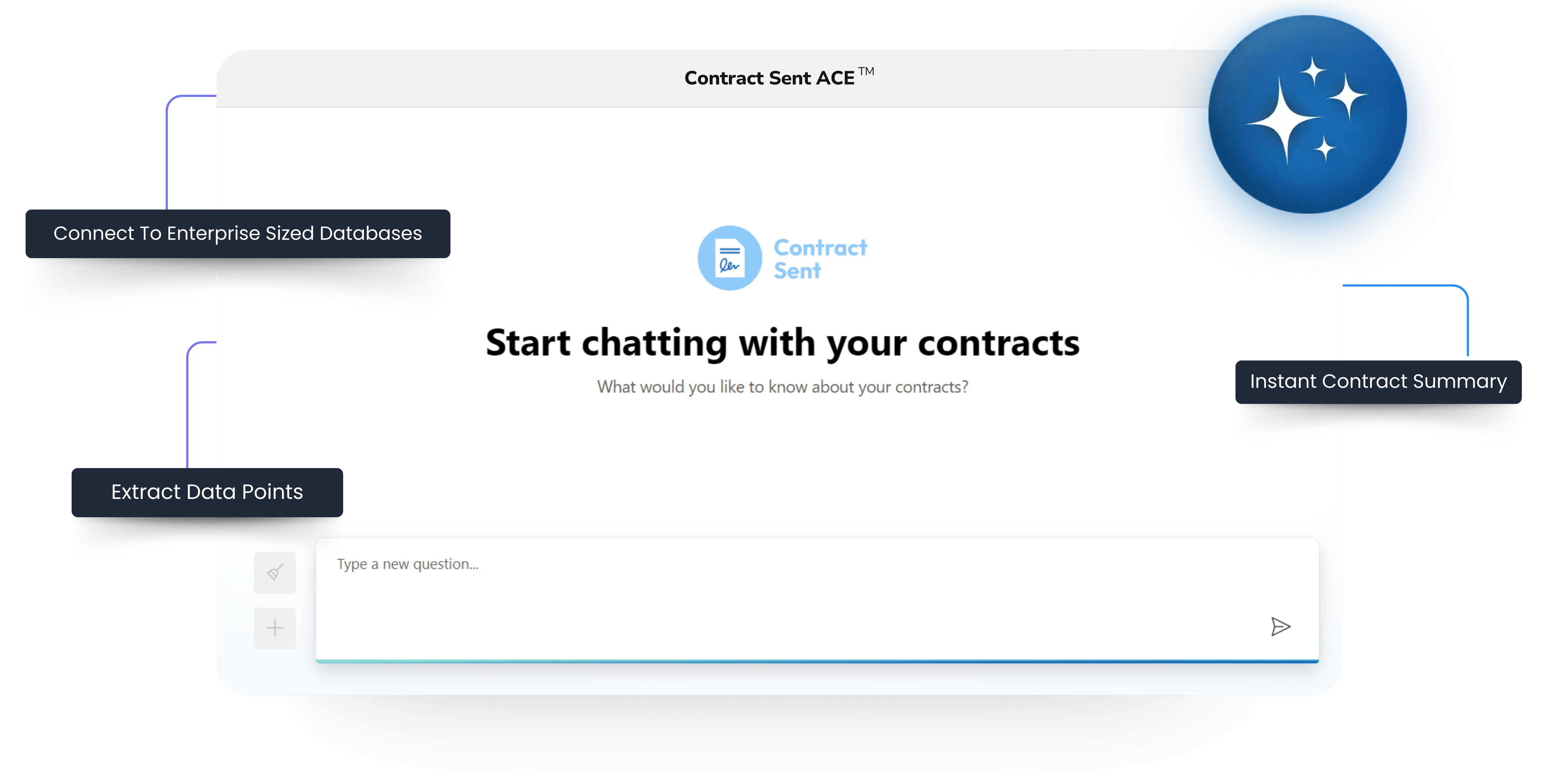In the world of Software as a Service (SaaS) startups and scale ups, effective contract control and management for your sales contracts is essential for success. One crucial tool in your contracting and sales process is the Statement of Work (SOW). But what exactly is an SOW, and how can it benefit your SaaS startup? In this post, we’ll dive into the concept of an SOW, its importance, and how to create an effective one for your SaaS venture.
What is an SOW? Understanding the SOW
A Statement of Work (SOW) is a comprehensive document that outlines the scope, objectives, deliverables, timelines, and other essential details of a customers contract. To answer the question of what is an SOW effectively we need to look at it in the context of other SaaS enterprise contracts. An SOW serves as a legally binding contract between your SaaS startup and your customer, providing a clear roadmap for the services provided everyone involved. This is usually in reference to your Master Service Agreement (MSA) which outlines the terms and conditions of usage for your product.
For a SaaS startup, an SOW is the bridge that connects your innovative ideas to the real-world execution and delivery of your software solution as a sellable product. It ensures that your customers are on the same page as you of what will be delivered and minimizes misunderstandings, scope creep, and project delays.
The Key Components of an SOW for a SaaS Startup
1. Scope of what you’re selling:
- Begin your SOW by defining the sales scope. Clearly articulate what your SaaS product will achieve, its features, and functionalities. Clearly define that dates that it will be available for your customer and how many users can use your platform at the current price. This sets the boundaries and expectations for the project.
2. Objectives and Goals:
- State the objectives and goals of any services you provide above and beyond your SaaS software. What problem does your SaaS product solve, and what are the expected outcomes? This section aligns all parties on the project’s purpose.
3. Deliverables:
- Outline the specific deliverables your SaaS startup will provide. This can include software modules, reports, documentation, or any other tangible results of the project.
4. Timeline and Milestones:
- Provide a detailed timeline with specific milestones and deadlines if appropriate. But it should specifically outline the start and end dates of access to your software. This helps in tracking progress and ensures everyone stays on schedule and is aware of renewals when they occur.
5. Resources and Responsibilities:
- Define the roles and responsibilities of your SaaS startup team in terms of implementation, and the client’s team, if applicable. Clarify who does what to avoid confusion.
6. Budget and Payment Terms:
- Clearly state your SaaS products cost, payment terms, and any terms related to expenses or additional costs. Be transparent to build trust.
7. Quality Assurance and Testing:
- Explain your approach to quality assurance and testing. This is crucial in the SaaS industry, where software reliability is paramount.
8. Change Management:
- Describe how changes to the scope or objectives will be managed. Change requests can significantly impact your project, so having a process in place is vital.
9. Communication and Reporting:
- Establish a communication plan. How often will you update your client or team? What channels will you use for communication?
10. Legal and Compliance:
- Include any legal or compliance requirements relevant to your SaaS startup and the product. This is usually in the form of a link to an MSA that has been signed. This could involve data protection, intellectual property rights, or industry-specific regulations.
Redline What Matters
Raise Changes For Approval To Turnaround Contracts Faster
Why a Statement of Work Matters for Your SaaS Startup
1. Clarity and Alignment:
- An SOW eliminates ambiguity by clearly defining product expectations. This ensures that your team and clients are on the same page from the beginning, reducing misunderstandings and conflicts.
2. Risk Mitigation:
- It helps identify potential risks and challenges early on, allowing you to plan and mitigate them effectively. This is crucial in the ever-changing landscape of SaaS.
3. Resource Management:
- An SOW helps allocate resources efficiently. Especially the resources of your customer service team. It ensures that you have the right people and tools in place to deliver your SaaS product successfully.
4. Client Satisfaction:
- A well-structured SOW sets clear expectations for your clients, leading to greater satisfaction. When clients know what to expect, they are more likely to be pleased with the results.
5. Legal Protection:
- The SOW serves as a legal contract, protecting your SaaS startup and your clients. It defines each party’s rights and responsibilities, offering legal recourse in case of disputes.
Creating an Effective Statement of Work
To create an effective SOW for your SaaS startup, follow these steps:
1. Gather Information:
- Collaborate with your team and clients to gather all necessary information about the products and the customers objectives, scope, and requirements.
2. Be Detailed:
- Include as much detail as possible in each section of the SOW. This leaves less room for interpretation and reduces the likelihood of disputes.
3. Review and Revise:
- Review the SOW with all stakeholders to ensure everyone is on the same page. Make revisions as needed to address any concerns or changes.
4. Legal Consultation:
- If necessary, consult with legal experts to ensure that your SOW complies with relevant laws and regulations.
5. Sign and Execute:
- Once all parties are satisfied, sign and execute the SOW. This formalizes the agreement and marks the official start of the project.
- When you’re fighting tooth and nail to grow your SaaS startup, a well-crafted Statement of Work (SOW) is something that can definitely prep you for success. It brings clarity, alignment, and protection to your product, ensuring that your innovative ideas transform into reality for the customer seamlessly. By mastering the art of creating effective SOWs, your SaaS startup can navigate the complex world of software development with confidence and achieve the growth and success it deserves.
Getting your contracting up and running? Check out what contract management software features you should look for.











